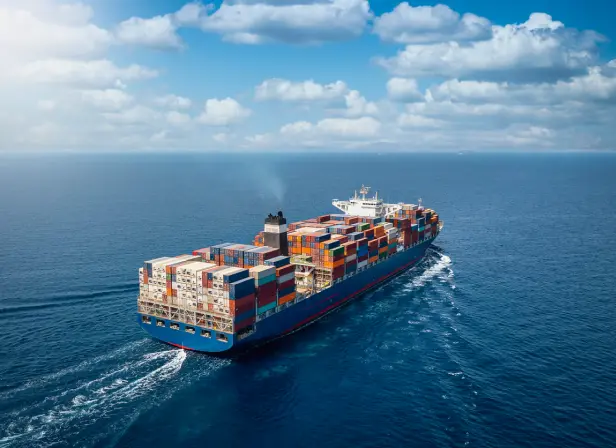For many businesses engaged in international trade, sea freight is the most reliable and cost-effective way to transport goods across continents. Whether you are shipping large volumes of raw materials or exporting finished products to overseas customers, understanding how sea freight works can help you plan better, avoid delays, and manage costs efficiently. This guide will walk you through the process step by step, so you know exactly what to expect when using sea freight for your shipments.
What Are Sea Freight Services?
Sea Freight Services involve the transportation of cargo by ocean-going vessels, typically using standardized shipping containers. Companies like Synergy Freight Management coordinate every aspect of this process, from collecting goods at the point of origin to managing customs clearance and arranging final delivery. With specialized expertise and established networks of shipping lines and port operators, freight forwarders help businesses navigate the complexities of international shipping while ensuring their cargo reaches its destination safely.
Step 1: Planning and Booking
The first step in sea freight is planning your shipment and booking space on a vessel. You’ll start by gathering essential details, including:
- Cargo type and volume
- Weight and dimensions
- Pickup location and destination
- Desired delivery timeline
Your freight forwarder will use this information to recommend the best container option, such as Full Container Load (FCL) or Less-than-Container Load (LCL), and help you secure a booking with a shipping line. Planning ahead is important because space on vessels can fill up quickly, especially during peak seasons.
Step 2: Cargo Collection and Export Haulage
Once your shipment is booked, the next step is collecting the goods from your facility or warehouse. This is known as export haulage. Depending on your agreement with the freight forwarder, they will arrange for trucking or rail transport to move your cargo to the port terminal or a consolidation warehouse if you are using LCL.
During this phase, it is crucial to ensure that your products are packaged securely and labeled correctly to comply with shipping standards and prevent damage in transit.
Step 3: Customs Clearance for Export
Before your goods can leave the country, they must clear export customs. Your freight forwarder or customs broker will prepare the required documentation, such as:
- Commercial invoice
- Packing list
- Export declaration
- Certificates of origin or compliance (if needed)
Customs authorities will review and approve these documents to authorize the export. This process helps confirm that your shipment complies with local laws and trade regulations.
Step 4: Origin Handling and Container Loading
Once export clearance is complete, your cargo is moved to the port terminal. Here, it undergoes origin handling, which involves:
- Inspecting the cargo for damage or discrepancies
- Consolidating goods if you are sharing container space
- Loading cargo into containers
- Securing and sealing containers for transit
Origin handling is an essential step to ensure that everything is properly documented and prepared for ocean transport.
Step 5: Ocean Transit
After loading, the container is placed on board the vessel for the ocean leg of the journey. Depending on the shipping route, this phase can take anywhere from a few days to several weeks. During ocean transit, your freight forwarder monitors the shipment’s progress and provides tracking updates so you know where your goods are at all times.
Sea freight offers predictable schedules, which helps businesses plan inventory and manage customer expectations.
Step 6: Import Customs Clearance
When your shipment arrives at the destination port, it must go through import customs clearance. Your freight forwarder handles this process by submitting the necessary paperwork to the local authorities. This may include:
- Arrival notice
- Bill of lading
- Commercial invoice
- Packing list
- Any applicable permits or licenses
Import duties, taxes, and fees are calculated and must be paid before your cargo can be released for delivery.
Step 7: Destination Handling
Once customs clearance is complete, destination handling begins. This involves:
- Unloading the container from the vessel
- Moving it to a warehouse or staging area
- Inspecting and verifying the contents
- Preparing for final delivery
Freight forwarders coordinate these steps to ensure a smooth handover and minimize delays.
Step 8: Import Haulage and Final Delivery
The final step is import haulage, where your goods are transported from the port or warehouse to their final destination, whether it is your customer’s facility, a distribution center, or your own warehouse. At this point, the shipping process concludes, and you can confirm receipt of the cargo.
Conclusion
Sea freight is an efficient and cost-effective solution for businesses shipping large volumes of goods internationally. By understanding each step of the process—from planning and documentation to customs clearance and delivery—you can better manage timelines, avoid disruptions, and ensure your shipments arrive safely. Working with a knowledgeable freight forwarder is essential to navigating this complex journey and unlocking new opportunities in global trade.



